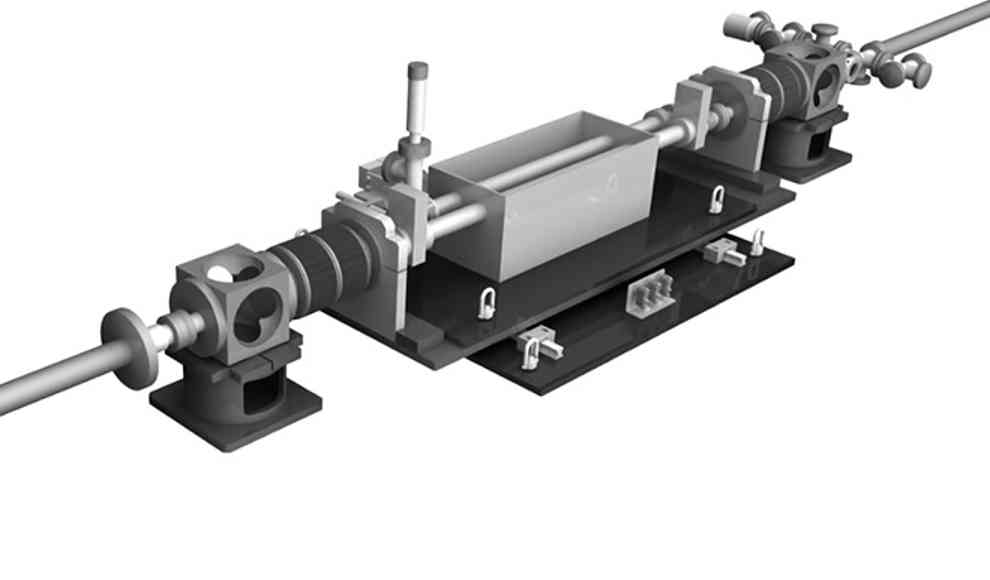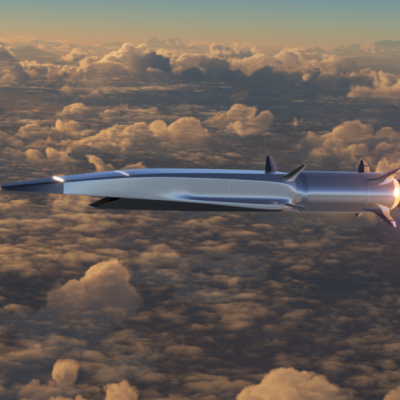Physicists at the SLAC National Accelerator Laboratory in California have developed a particle accelerator that is significantly smaller and cheaper than the Large Hadron Collider (LHC) at CERN in Geneva. The SLAC team, led by Michael Litos, has developed a method to accelerate particles 500 times faster than conventional methods in a space of just 30 centimeters. The process involves heating hydrogen gas to temperatures of up to 1,000 degrees Celsius, ionizing it with a laser, and using the resulting plasma to create a plasma wave on which electrons can ride and gain energy. The technology has been in development for years and could one day replace the LHC and other linear accelerators.
While the 30-centimeter accelerator is a breakthrough, there are still some challenges to overcome. About 90% of the initially isolated electrons are lost in the process, and the Kielfeld method used is not applicable to positrons, the positively charged antiparticles of electrons. The SLAC team’s goal is to perfect their technology and connect multiple miniaturized accelerators to reach the interesting gigavolt ranges of 125 GeV and beyond. However, scalability is still a challenge.
The SLAC team’s breakthrough could have significant implications for the future of particle physics, as it offers a more cost-effective and space-saving alternative to the massive linear accelerators currently in use. While there are still challenges to overcome, the potential benefits of this technology make it an exciting development to watch.










